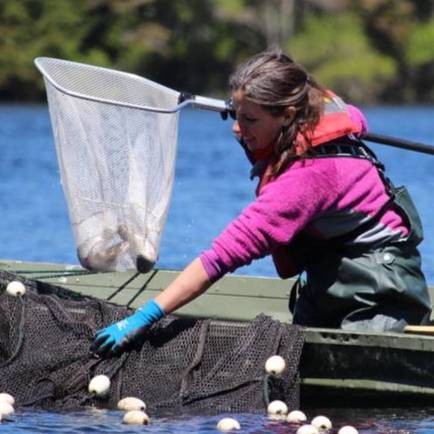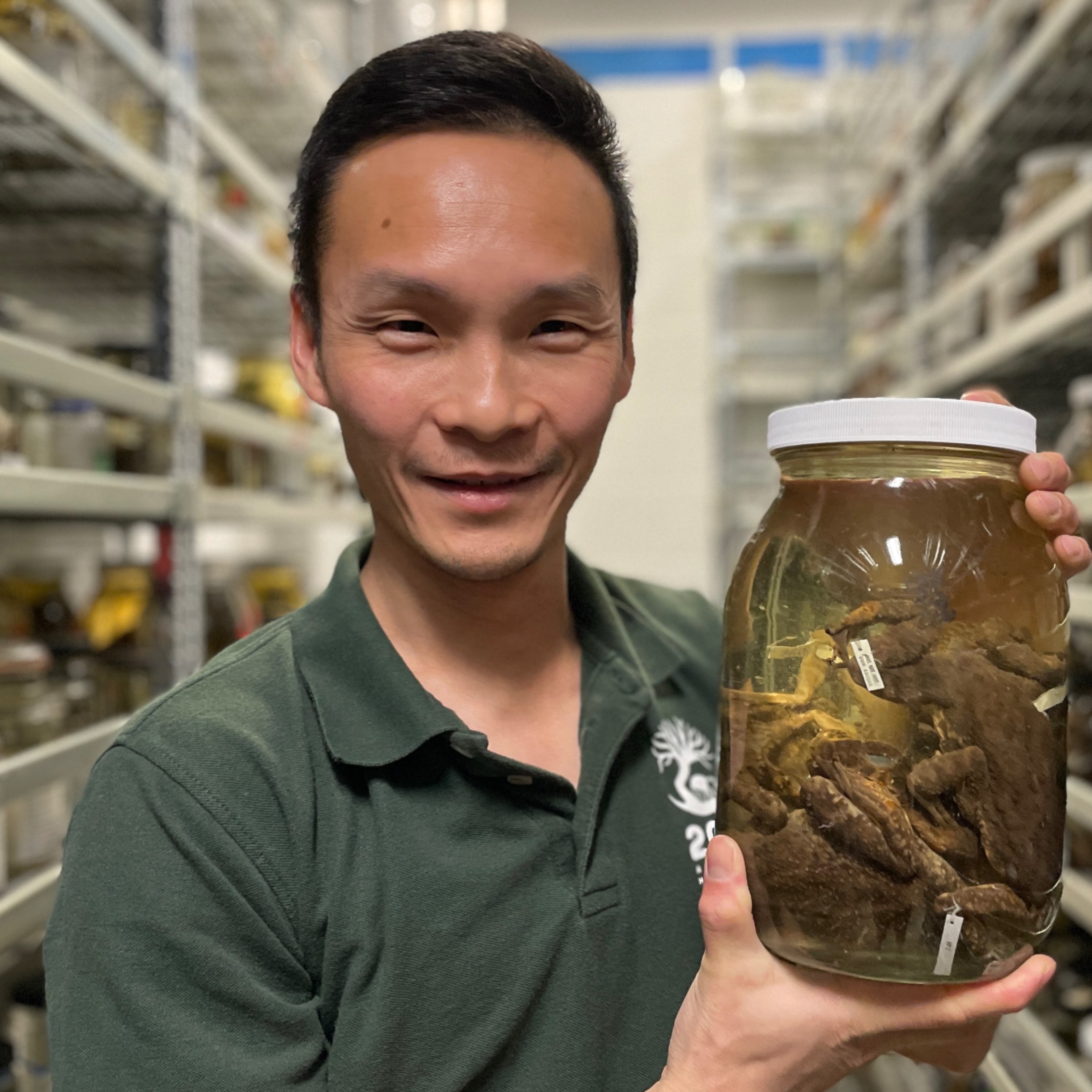Mariah Meek Nets Grant to Investigate Imperiled Chinook salmon in California's Central Valley
The current population of Chinook salmon in the California Central Valley represents less than 75 percent of its numbers in the 1950s, creating concern for their long-term survival.
Mariah Meek, an assistant professor in the Department of Integrative Biology, however, hopes to reduce that concern through research focused on increasing understanding of how different environmental conditions, such as drought, are affecting the genetic diversity and different life-history types of Chinook in the Central Valley of California.
Mariah recently received a two-year, $633,000 grant from the Delta Stewardship Council and the U.S. Bureau of Reclamation to study Chinook salmon in the California Central Valley using an improved genomics tool to characterize life history diversity and promote resilience.
Although Spring-run Chinook Salmon were historically the most abundant run in the Central Valley, Fall-run Chinook salmon are currently the most abundant of the Central Valley runs, partly due to the construction of many large, impassible dams in most of the Central Valley rivers, which have blocked access to historic Spring- and Winter-run spawning grounds. This decrease in abundance has led to the Spring and Winter runs’ listing under the Endangered Species Act. With the severe decrease in abundance, the need for tools to improve scientists’ ability to protect the diversity of traits in Central Valley Chinook salmon is becoming critical.
Mariah said that she and her team are very excited about what they will be able to do with the grant.
“This work will provide key insights on how different environmental conditions, such as drought, are impacting the genetic diversity and different life-history types of Chinook in the Central Valley of California,” she said. “This understanding is becoming increasingly important as the effects of climate change are already affecting Central Valley aquatic systems. This grant funding will also allow us to develop a tool for high accuracy identification of juvenile Chinook salmon in the Central Valley—something needed by managing agencies in order to effectively monitor and conserve these imperiled and important populations.”
Although there are many impediments to the conservation and protection of these salmon, one of the key barriers to protecting Chinook salmon diversity is the inability to identify large numbers of individuals from different populations during their migration to the ocean. New tools being used in this study will improve researchers’ ability to distinguish different runs of Chinook salmon rapidly and inexpensively.
Specifically, this study leverages pre-existing genomic data to develop a new technique that will allow scientists to identify individuals to life history type and location. For example, this study will potentially be able to identify Fall-run Chinook that are from the Sacramento versus the San Joaquin River Basins.
This information, in combination with data on water temperature and river flows, can determine the relationship between environmental conditions and juvenile salmon life history diversity.
“This study will provide land and fisheries managers with the ability to accurately monitor the effect of key management actions on the different Central Valley Chinook salmon populations,” Mariah said.



